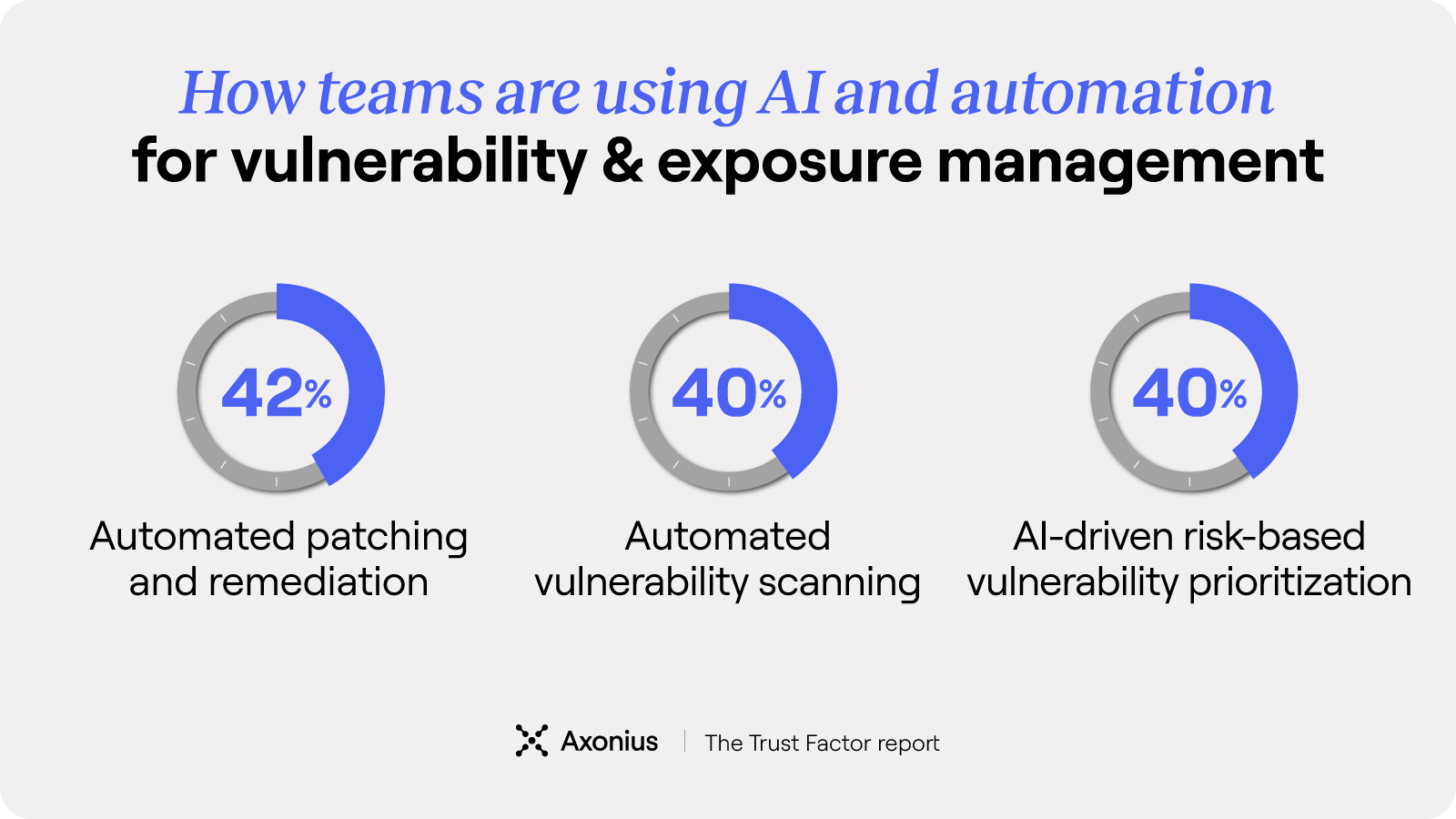The reinvention of CIO, CISO, and CTO: Why operators must become orchestrators

Julissa Caraballo
Principal Product Marketing Manager, Axonius

For years, the titles of Chief Information Officer, Chief Information Security Officer, and Chief Technology Officer carried a certain inevitability. If you wanted to run technology at scale, you needed people in those seats. They were the heartbeat of IT strategy, the guardians of security, the engineers of innovation.
But the enterprise has changed.
The environment you were hired into no longer exists. Technology isn’t a centralized stack managed in a single data center anymore. It’s a sprawling mix of SaaS platforms, outsourced providers, APIs, non-human identities, and AI-powered workflows. The playbooks that defined IT leadership for the past three decades are showing their age.
That doesn’t mean these roles are obsolete. It means they’re undergoing the same evolution as the technology itself: moving from static and siloed to dynamic and interconnected. |
The question isn’t “Are CIO, CISO, and CTO roles dead?”
It’s “Are these leaders ready for reinvention?”
The IT world you’re leading in today
Today’s enterprise environment is unlike anything the first generation of IT leaders could have imagined. Let’s take a look at what’s driving this reinvention:
1. IT outsourcing has flipped ownership on its head
Where IT once meant building networks and deploying software, today it’s about orchestration, not construction. Cloud providers run the infrastructure. SaaS vendors deliver the applications. Managed services handle the operations.
What’s left for leadership is not about building but about owning the outcomes. That means setting up governance frameworks, managing vendors, and evaluating risks across a supply chain that stretches far beyond your enterprise walls.
2. Procurement is now strategy
Budgets that were once devoted to capital expenditures and homegrown IT are now flowing into vendor contracts. You need to know how to negotiate agreements that balance speed, security, and cost.
In this model, procurement is a strategic weapon, and CIOs, CISOs, and CTOs must master it.
3. AI is a core competency for cybersecurity
Artificial intelligence is becoming the connective tissue across business operations. IT leaders need to understand how AI impacts governance, automation, security, and integration.

Our Trust Factor report explores how 500 security and IT leaders are applying AI, automation, and CTEM, and where those efforts are falling short.
Remember when the internet became a baseline skill? That’s how important AI fluency is now. If you can’t speak to it in the boardroom, you risk being left out of the conversation.
4. Boardroom expectations are ruthless
“Do more with less” is your marching order. Boards don’t want to hear why something can’t be done. They want to know how you’ll deliver it, even in environments where resources, talent, and attention are constrained.
These four forces create a leadership environment that is more complex than ever. And they reveal the truth: the legacy definitions of CIO, CISO, and CTO roles are insufficient for the reality they face.
The shift every IT and security leader has to make
The old model placed CIOs, CISOs, and CTOs as builders and guardians of technology. Uptime, server performance, and firewall configurations were the measures of success.
The new model requires them to step into something much bigger: orchestrating an environment they don’t directly control. That orchestration requires three capabilities:
Deal-making: Getting value from a crowded vendor marketplace while balancing innovation with cost.
Risk balancing: Calibrating, not eliminating, risk. How much speed without breaking security? How much innovation without tripping compliance?
Translation: Speaking technology, risk, and business fluently. Helping boards understand AI governance just as clearly as you explain SaaS gaps to your engineering team.
Your new mandate: visibility, risk, and action
The challenge for IT leaders today is all about navigating invisible complexity. Thousands of applications, devices, and identities interact across the enterprise every day. Shadow IT flourishes. SaaS sprawl grows. Non-human identities multiply.
Without visibility into this environment, you can’t govern effectively. Without governance, you can’t deliver the speed and efficiency boards demand. And without the ability to act on what you see, you’re stuck reacting instead of leading.
That’s the mandate for today’s CIOs, CISOs, and CTOs:
Gain visibility into every asset, identity, and application in play.
Assess where the risks lie, whether in toxic access combinations, misconfigured SaaS apps, or unmanaged vendor integrations.
Enforce policies consistently across a constantly changing environment.
At Axonius, we call this the shift from chaos to control. Because once you have a foundation of truth, knowing exactly what exists, you can govern intelligently and act decisively.
When the City of Los Angeles implemented Axonius, they were able to identify and inventory over 87,000 assets. What had previously been fragmented across dozens of tools became a single, unified source of truth. |
The next chapter for IT and security leadership
So, are CIO, CISO, and CTO roles dead? Not even close.
But the definition of these roles is being rewritten in real time. The leaders who thrive will be the ones who see their job not as operating technology, but as orchestrating ecosystems of tech, vendors, and risk.
If you keep thinking like an operator, you’ll be left behind. The future belongs to those who bridge governance and innovation and who can talk boardroom strategy as easily as they talk code.
The CIO, CISO, and CTO of tomorrow won’t be remembered for the systems they built. They’ll be remembered for the clarity they brought, the risks they balanced, and the outcomes they enabled.The roles aren’t dead. They’re more essential than ever, and they continue to evolve.
Categories
- Cloud and SaaS Security

Get Started
Discover what’s achievable with a product demo, or talk to an Axonius representative.
